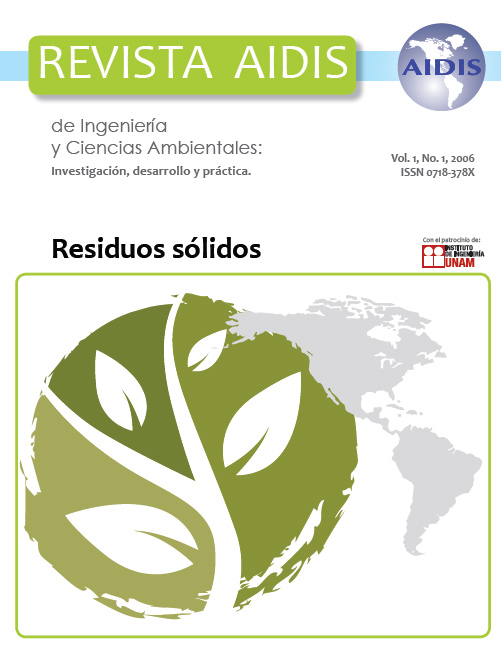Contaminación por residuos sólidos en el polo turístico tarará
Contenido principal del artículo
Resumen
Los polos turísticos con marinas y costa de playas requieren de una gestión racional de los residuos sólidos procedentes del conjunto habitacional, yates y los residuos presentes en la línea de costa (desechos marinos). El sector marino-costero de Tarará y su zona residencial están ubicados en el litoral Este de la Ciudad de La Habana y tiene una extensión de 1500 metros. Los desechos marinos presentes en la línea de costa durante los 12 meses de muestreo fueron en su mayoría procedentes de fuentes terrestres. El tramo de costa rocosa resultó el más contaminado por desechos marinos con micro vertederos clandestinos mientras la zona de la marina, incluido la playita Tarará, fue el tramo costero menos comprometido. El análisis conjunto de los residuos sólidos procedentes del conjunto habitacional, yates y desechos marinos muestra que los materiales combustibles representan el 45% en peso, inertes el 31%, fermentables el 16% y forestales el 8%. El bajo contenido de materiales fermentables está asociado a los bajos períodos de permanencia de los residentes en las casas y yates. La densidad de los residuos sólidos presentó valores entre 100-120 kg.m-3 lo que hace factible su compactación con equipos recolectores-compactadores. El análisis de la granulometría mostró la adecuación de contenedores de 100 litros para los residuos de yates y 1000 litros para el conjunto habitacional y los desechos marinos, mientras que el poder calorífico encontrado en la basura osciló entre 1850-1945 kcal.kg-1. La producción actual de residuos sólidos en Tarará es 3.4 t.día-1 con un índice de producción de 1.62 kg.habitante-1.día-1 pero la producción proyectada se estima en 9 toneladas diarias (3.2 t.día-1 de basura húmeda y 5.8 t.día-1 de basura seca). La ruta de recogida propuesta tiene una extensión de 7 km y es menor que la ruta actual de 10 km por la disminución de las distancias muertas, con un importante ahorro económico y la reducción del tiempo de recogida. Se discute una recogida diferenciada de los residuos en basura seca y húmeda, así como un esquema integral de gestión, incluido el reciclaje.
Detalles del artículo
Cómo citar
[1]
Palacios, F. y García, E. 2009. Contaminación por residuos sólidos en el polo turístico tarará. Revista AIDIS de ingeniería y ciencias ambientales: Investigación, desarrollo y práctica. 1, 1 (nov. 2009).
